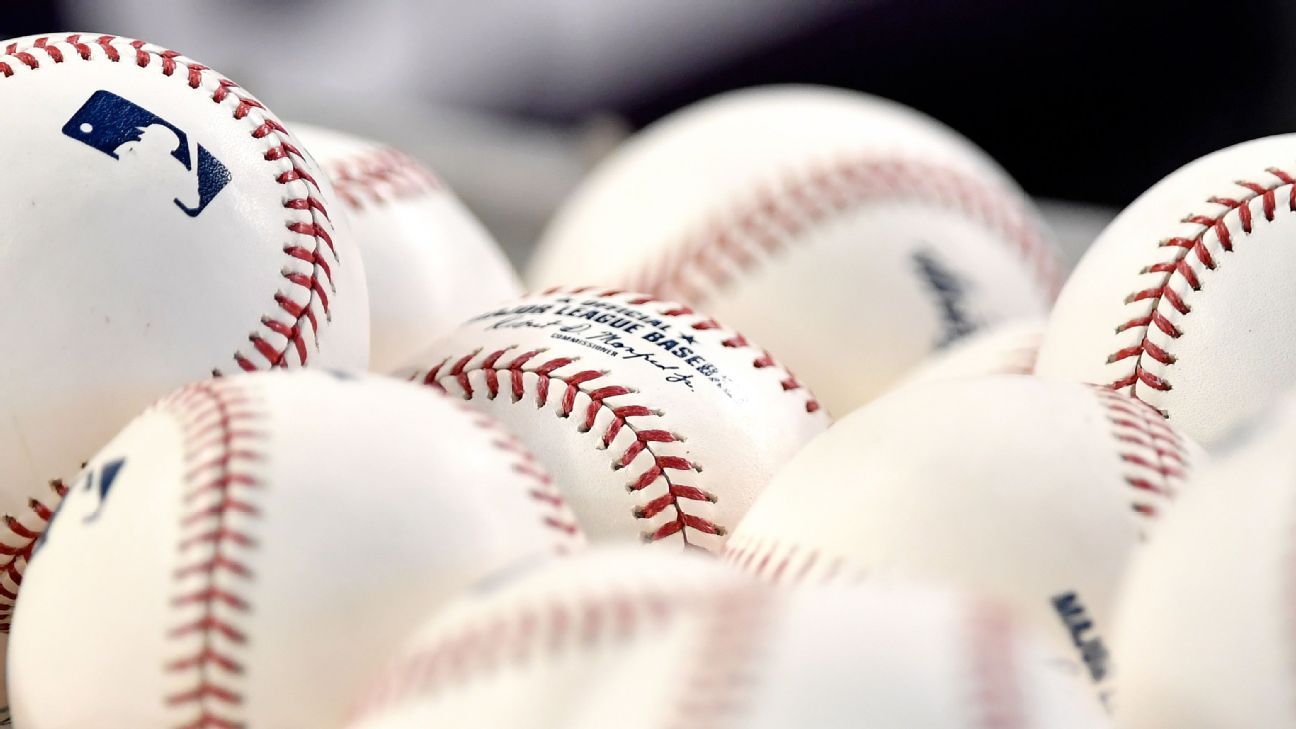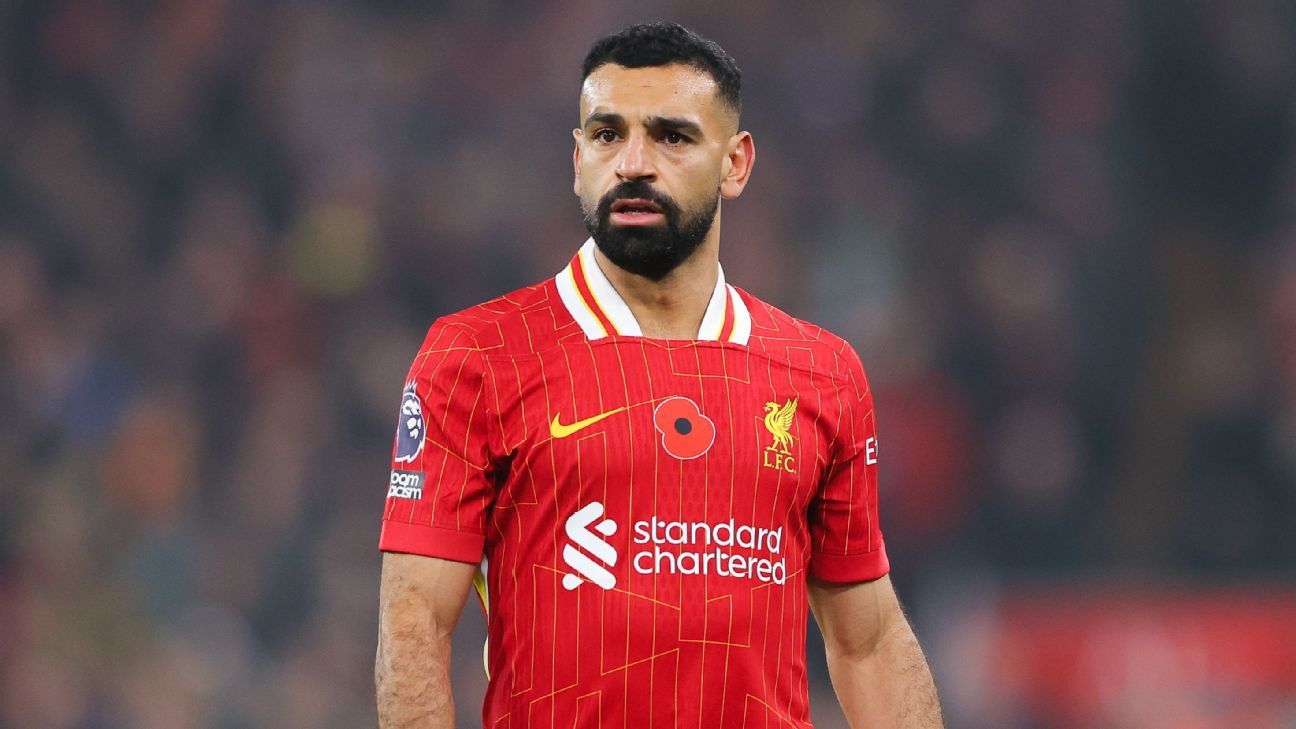
Major League Baseball has had preliminary discussions about holding its postseason in a bubble-type format after the coronavirus outbreaks on the St. Louis Cardinals and Miami Marlins that wreaked havoc on the regular-season schedule illustrated how a similar scenario could upend the playoffs, sources familiar with the conversations told ESPN.
Although a fully contained bubble similar to the NBA setup at the Walt Disney World Resort in Orlando, Florida, would be difficult for MLB to replicate, a multicity format that replicates the NHL's Toronto and Edmonton, Alberta, hubs has gained traction, sources said.
Because of MLB's expansion to 16 playoff teams, the league would need at least three hubs to complete its wild-card round before shrinking to a two-hub format for the division series. The league championship series and World Series could be held at one or two stadiums. Remaining in one metropolitan area would allow teams to avoid air travel and perhaps remain at a single hotel for the entire postseason, which is scheduled to begin Sept. 27.
Southern California, the greater Chicago area and the New York metropolitan area would make the most sense because of the available stadiums, sources said. Concerns about weather in late September and deep into October make the Los Angeles area the most logical choice to host an entire postseason, though the sources cautioned that because of the nascent nature of discussions, no favorite has emerged.
Currently, MLB plans to hold its postseason with home games across the country. While the top four seeds in each league would host all three potential wild-card-round games to cut down on travel, the five-game division series and seven-game league championship series and World Series would include regular travel -- and potentially the cross-country flights that the regular-season schedule has eliminated.
The acknowledgement from officials that a bubble-type atmosphere could help insulate MLB from a coronavirus outbreak comes in the wake of a rash of cases that has halted the Cardinals' season since July 29 and sidelined the Marlins for eight days. The NBA and NHL bubbles have been considered successes, with both leagues going weeks without a confirmed case of the coronavirus.
The Los Angeles Times first mentioned MLB's pursuit of a postseason bubble.
Even if playoff teams were to avoid a full-fledged outbreak, one positive case on a team could cause significant issues. If a player were found through contact tracing to have been exposed to a COVID-19-positive teammate, he would need to quarantine, potentially disrupting a team's chances in a series. In the case of multiple positive tests, games could be postponed, particularly if a team traveled in close quarters.
Not only would a bubble lessen potential exposure, but also, in theory, it would help teams maintain the sort of distance necessary to preclude shutdowns that could threaten the integrity of the postseason schedule and cause disarray.
In April, MLB considered pursuing a season-long bubble but balked after concerns about logistics and player pushback prevented that idea from extending beyond planning stages. Since the season began July 23, positive tests have been limited to the Cardinals' and Marlins' outbreaks. Both teams acknowledged that the spread of the virus was because of lax adherence to the protocols agreed upon by the league and players.
A bubble with stricter protocols ostensibly would protect the league from such concerns during the postseason. With more than $1 billion in television revenue depending on the playoffs, the league and the players are motivated to finish the expanded playoffs after their abbreviated, 60-game season.
Although the shape of a theoretical baseball postseason bubble is not clear, it could look something like this:
The three-game National League wild-card round, played in three days, would stage the No. 1 seed vs. No. 8, No. 2 vs. No. 7 and No. 3 vs. No. 6 at Dodger Stadium. The same American League seeds would play at Angel Stadium, about 30 miles southeast in Anaheim. The Nos. 4 and 5 seeds in both leagues would face off at Petco Park in San Diego.
The NL Division Series would hold two games per day at Dodger Stadium and the ALDS two games per day at Angel Stadium.
The NLCS would be held at Dodger Stadium and the ALCS at Angel Stadium, or both would be played at a single site.
The World Series would be held at a single site or perhaps both.
Staging such an endeavor isn't without problems. Holding three games in one day at the same stadium is troublesome logistically -- and, if on the West Coast, could require one game to start before noon. Questions about ample pregame practice as well as properly disinfecting clubhouses between games could prompt the league to consider a bubble of four sites for the wild-card round before shrinking to two after half the teams are eliminated. The league could expand the bubble to the Bay Area to satisfy that.
New York, with Yankee Stadium and Citi Field, could pair with Philadelphia or Baltimore and Washington for an East Coast hub setup. Wrigley Field and Guaranteed Rate Field in Chicago, along with Milwaukee, could constitute a Midwest hub. Perhaps half the teams could play in New York and the other half in Southern California, with the East Coast winners flying to California at the beginning of October and spending the remainder of the month in the Los Angeles area.
This early in the process, there are many possibilities. But the discussions are being taken seriously enough that one official told ESPN: "If we want to make sure we get through October, we really need to get this right."















 Phone: (800) 737. 6040
Phone: (800) 737. 6040 Fax: (800) 825 5558
Fax: (800) 825 5558 Website:
Website:  Email:
Email: 






